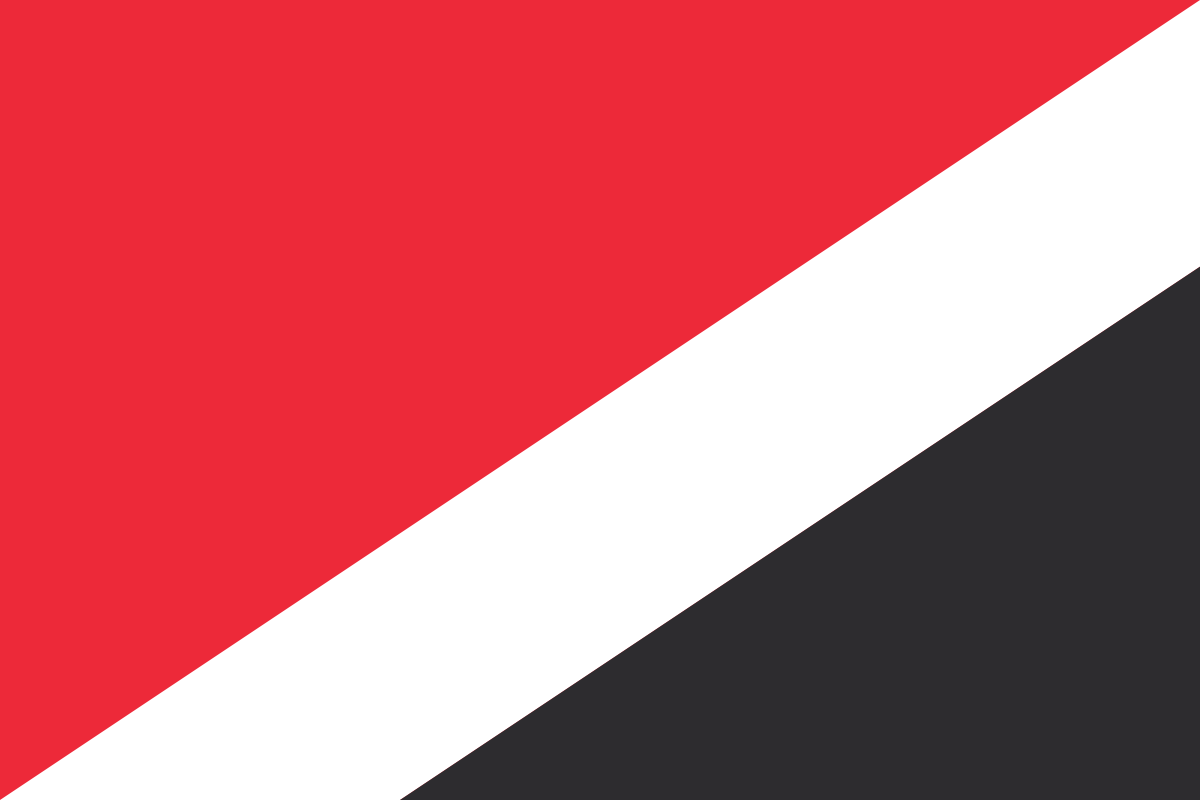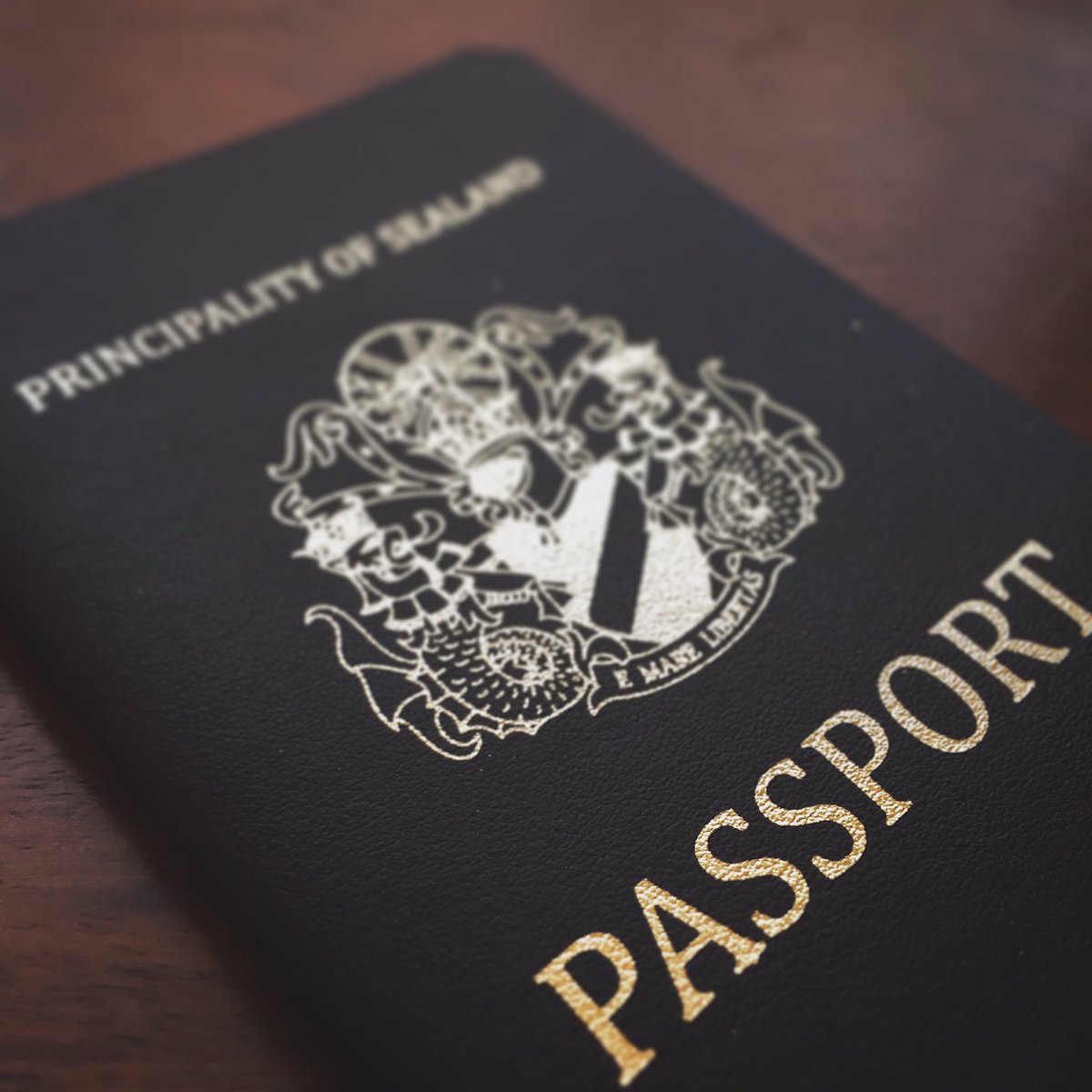Sporting events can be intense, especially when rivals meet. Large groups of highly emotional people can sometimes result in riots, but in 1969 a football match¹ ignited an all out war between neighboring Central American countries--Honduras and El Salvador.
It is important to note that 'The Football War', or the '100 Hours War' was not entirely over football. Tensions between Honduras and El Salvador had been running high for months before they met for the pre-qualifying games for the 1970 World Cup. Football was just the straw that broke the camel's back.
In 1960s Central America, El Salvador was not doing so great. The country was overcrowded, and most of the land belonged to coffee exporters. Most citizens lived in extreme poverty, and unemployment was common. However, just over the border in Honduras, things were looking pretty swell. Large swathes of the country were uninhabited, and the banana plantations were always looking to hire. As might be expected, thousands of El Salvadorans started illegally migrating to Honduras, often settling in the uninhabited lands by the borders.
This wasn't really an issue with the Hondurans until times started to get a little less good. In 1966 the Honduran government passed a land reform bill that heavily favored the fruit corporations, and disenfranchised the smaller land owners. This lead to an economic drop, unemployment, and rapidly rising land prices. Needless to say, the Hondurans weren't too keen on this, and blamed El Salvadoran immigrants for depressing the wage rate and contributing to job scarcity.² Native Hondurans started harassing El Salvadoran immigrants, ransacking their businesses, repossessing their land, and assaulting their families. The El Salvadoran government politely asked the Honduran government to knock it off, but Honduras refused.
Cut to June 6. It's one of the first qualifying matches for the World Cup, and Honduras is hosting El Salvador in the Honduran capital of Tegucigalpa. Emotions were running high, especially when Honduras beat El Salvador 1-0 in overtime.
A few weeks later El Salvador and Honduras met again, this time in San Salvador, the capital of El Salvador. Things between the two countries were incredibly tense; Honduran supporters were harassed by El Salvadorans, and crowds of El Salvador supporters surrounded the hotel that the Honduran team was staying in, and spent the night shouting and banging pans together so the Honduran team couldn't get any sleep. Their tactics worked, because on June 15, El Salvador beat Honduras 3-0.
Riots happened after and during both games, but hell didn't really break loose until after El Salvador won the qualifying game in Mexico City on June 27. Shortly after the game, El Salvador announced that it would be severing all diplomatic ties with Honduras, and the borders were locked down.
After the borders closed both Honduran and El Salvadorans started making incursions into each other's countries. Both countries tried to buy arms from the United States, but the US wasn't having that, so they had to turn to European governments and collectors of WWII arms for weapons.
Things really came to head on July 14. The El Salvadoran air force attacked Honduran airports, as well as the towns of El Poy, Amapala, Choluteca, and Santa Rosa de Copán. The El Salvadoran armed forces also made incursions into East Honduras on the ground. They drove armored jeeps into the country, but only made it about 30 kilometers in before running out of gas.
The Hondurans retaliated, destroying much of the El Salvadoran air force as well as the majority of El Salvadoran oil reserves. However, El Salvador had also entered Honduras on foot from the north, and they were doing very well. They had captured the main roads, several major towns, and they were within striking distance of Tegucigalpa. However, without oil the El Salvadorans were having trouble moving forward.
On July 15th the Organization of American States (OAS) got involved. They demanded that El Salvador cease fire, and return to their country. The El Salvadoran government refused unless the Honduran government made repartitions to the El Salvadoran citizens who had been displaced within Honduras. The Honduran government, predictably, refused. It wasn't until the OAS threatened El Salvador with trade sanctions that the El Salvador troops withdrew from Honduras on August 2nd.
Though the ceasefire was signed in 1969, the peace treaty wasn't ratified until 1980. Though the Honduran government passed laws protecting El Salvadoran immigrants, El Salvadorans in Honduras were still harassed and attacked by Hondurans, and things between the two countries have been extremely tense. However, in recent years, the tensions have cooled, and the two countries are making efforts to repair their damaged relationship.
¹This is the compulsory reminder to all my American readers that football=soccer.
²Sound familiar? It should. The same thing has happened between Americans and Latinx immigrants (legal or not) in recent years.
Sources
Latin America: The Football War
The Real Football War! When El Salvador Invaded Honduras Over a Soccer Game
The 1969 'Soccer War' Between Honduras and El Salvador
The Soccer War
 |
Newspaper announcing the start of the conflict.
Translation: Futbol War
El Salvador and Honduras looking for qualification
|
In 1960s Central America, El Salvador was not doing so great. The country was overcrowded, and most of the land belonged to coffee exporters. Most citizens lived in extreme poverty, and unemployment was common. However, just over the border in Honduras, things were looking pretty swell. Large swathes of the country were uninhabited, and the banana plantations were always looking to hire. As might be expected, thousands of El Salvadorans started illegally migrating to Honduras, often settling in the uninhabited lands by the borders.
This wasn't really an issue with the Hondurans until times started to get a little less good. In 1966 the Honduran government passed a land reform bill that heavily favored the fruit corporations, and disenfranchised the smaller land owners. This lead to an economic drop, unemployment, and rapidly rising land prices. Needless to say, the Hondurans weren't too keen on this, and blamed El Salvadoran immigrants for depressing the wage rate and contributing to job scarcity.² Native Hondurans started harassing El Salvadoran immigrants, ransacking their businesses, repossessing their land, and assaulting their families. The El Salvadoran government politely asked the Honduran government to knock it off, but Honduras refused.
 |
| Map of Central America |
A few weeks later El Salvador and Honduras met again, this time in San Salvador, the capital of El Salvador. Things between the two countries were incredibly tense; Honduran supporters were harassed by El Salvadorans, and crowds of El Salvador supporters surrounded the hotel that the Honduran team was staying in, and spent the night shouting and banging pans together so the Honduran team couldn't get any sleep. Their tactics worked, because on June 15, El Salvador beat Honduras 3-0.
Riots happened after and during both games, but hell didn't really break loose until after El Salvador won the qualifying game in Mexico City on June 27. Shortly after the game, El Salvador announced that it would be severing all diplomatic ties with Honduras, and the borders were locked down.
After the borders closed both Honduran and El Salvadorans started making incursions into each other's countries. Both countries tried to buy arms from the United States, but the US wasn't having that, so they had to turn to European governments and collectors of WWII arms for weapons.
The Hondurans retaliated, destroying much of the El Salvadoran air force as well as the majority of El Salvadoran oil reserves. However, El Salvador had also entered Honduras on foot from the north, and they were doing very well. They had captured the main roads, several major towns, and they were within striking distance of Tegucigalpa. However, without oil the El Salvadorans were having trouble moving forward.
 |
| Protesters in Tegucigalpa |
Though the ceasefire was signed in 1969, the peace treaty wasn't ratified until 1980. Though the Honduran government passed laws protecting El Salvadoran immigrants, El Salvadorans in Honduras were still harassed and attacked by Hondurans, and things between the two countries have been extremely tense. However, in recent years, the tensions have cooled, and the two countries are making efforts to repair their damaged relationship.
 |
| Honduras Flag |
¹This is the compulsory reminder to all my American readers that football=soccer.
²Sound familiar? It should. The same thing has happened between Americans and Latinx immigrants (legal or not) in recent years.
 |
| El Salvador Flag |
Sources
Latin America: The Football War
The Real Football War! When El Salvador Invaded Honduras Over a Soccer Game
The 1969 'Soccer War' Between Honduras and El Salvador
The Soccer War









